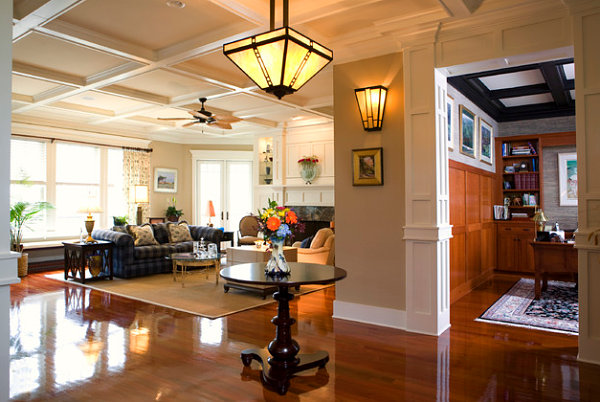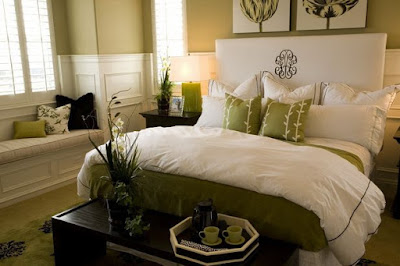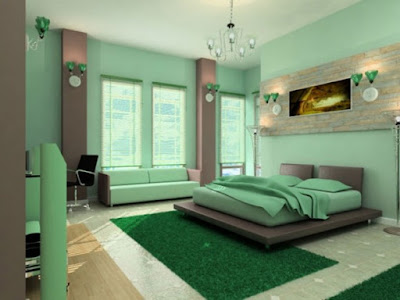Decorating Craftsman Style Homes
All the Colors
Craftsman houses have that look because they all grow from the same color palette. Nature is boss when you're choosing the shade for the bedroom walls or the dining room rug. Avoid pastels and vivid primary hues. Muted, dusty stone and vegetable colors always work with the interior decor of the period. Reds are cinnabar and barn; oranges are pumpkin, terra cotta and yam; yellows are squash, mustard and straw; greens are moss, artichoke and olive; blues are a muddy cobalt and teal; whites are creamy calla lily or white asparagus. Stone floors, counters and hearths are every shade of gray, blue, chalk and honey. It's fairly easy to achieve a harmonious blend of colors and a relaxed vibe using an authentic Craftsman paintbox.
Wood or Wood Not
Craftsman homes are heavy on wood interiors. The aesthetic embraced the use of nature and the beauty of handcrafted work. Walls and stairwells were paneled, the rails, spindles and steps made of hardwood. Ceilings were wood-clad. Built-in bookcases, shelves, cabinets, benches and window seats were made with finely fitted, carved, stained and finished wood. Floors featured parquet and other designs. It's a definite period look and it can be gloomy in a house that doesn't get enough natural light. Only you can decide whether to preserve the original wood decor throughout your home. If you have to limit the wood-everywhere look, stick to period-appropriate paint colors from nature. When you desperately need more light in the hallway or living room, consider a ghostly, whited-out gray paint -- a neutral contemporary color that, chameleon-like, goes with everything and will still show details of the original wood designs.
 Piecing It Together
Piecing It TogetherSquared, angular and slatted Stickley or Mission furniture is unmistakably Craftsman style. Upholstery is generally not fancy or shiny fabric. The material might be handwoven rough natural fibers, indigenous patterns in muted or deep gem tones, or leather. Stained glass details on windows are typically geometric random color blocks, framing the clear glass, although some windows are entirely colored. Upper wood cabinets in the kitchen have framed glass doors, and all hardware is simple, utilitarian and graceful -- pewter is a good dull finish. Embellish a nondescript corner or detail an arch or window seat with a stencil, repeating one or two spare leaf, flower or geometric designs in a simple range of period colors; or use one shade that contrasts with the upholstery or matches the accent pieces in the room.
Clever With Collectibles
Evoke a little early 20th-century ambiance with historic collectibles, repurposing those that are too worn or fragile to perform their original function. Create a deliberate impact with a cluster of iconic metal building models sold to tourists -- the Eiffel Tower, the Empire State Building -- or any grouping of small collectibles. A single find, such as an antique Victorian copper aquarium, might become a tabletop vitrine to hold a blooming orchid or a stack of vintage pulp novels. An old family letter -- hand-addressed and stamped during World War I or II, or pages scrawled in faded ink telling of a milestone such as a birth or a vacation trip -- can be enlarged to any size, printed on canvas, framed and hung on the wall.











Comments
Post a Comment